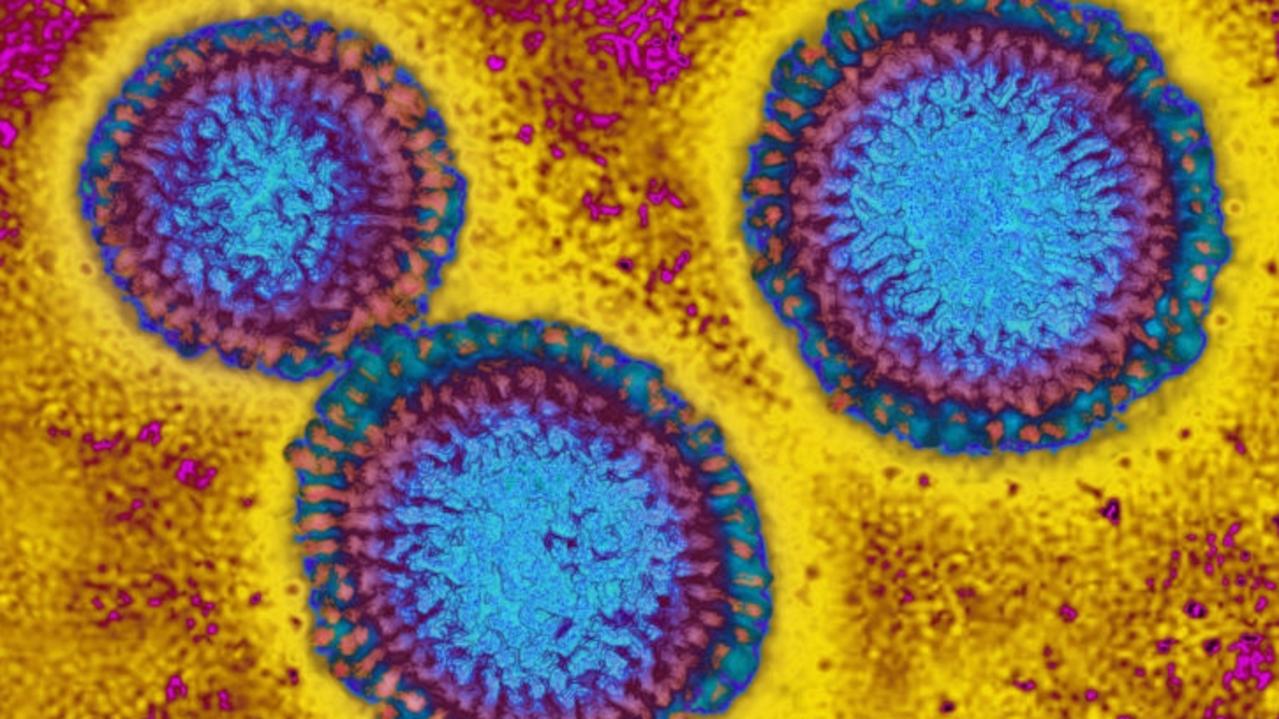Cancer Researchers revise sun safety guidelines to reflect skin colour
Cancer researchers have issued new sun safety advice, for Aussies, who face the highest incidence of skin cancer in the world.

Illness
Don't miss out on the headlines from Illness. Followed categories will be added to My News.
Cancer researchers have revised sun safety advice to better address the diverse skin tones of Australians, who face the highest incidence of skin cancer in the world.
Published in the Australian and New Zealand Journal of Public Health, the updated advice reflects evolving evidence on the risks and benefits of sun exposure for individuals with different skin types.
The research also targets the risk of vitamin D deficiency brought on by decades of sun protective measures since the 1980s.
Despite Australia’s plentiful sunshine, a 2011-2013 Australian Health Survey revealed that 23 per cent of adults are deficient in vitamin D.
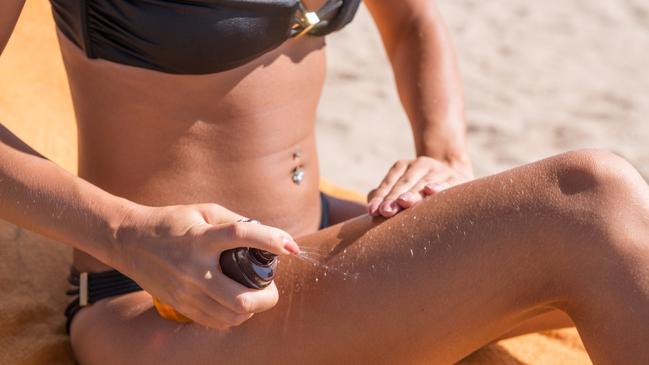
The new guidelines categorise individuals into three broad groups based on their skin colour and associated risks of sun exposure.
– Deeply pigmented brown to black skin (Fitzpatrick type 5 or 6) = Low risk of skin cancer. This skin type rarely or never burns.
– Other skin tones and those with no risk factors (Fitzpatrick type 3 or 4) = Medium Risk. This skin type (darker white/olive skin and light brown-coloured skin) sometimes burns but tans after repeated exposure to the sun.
– Very pale skin and those with risk factors (Fitzpatrick type 1 or 2) = High Risk. This skin type burns easily and never tans or tans minimally after repeated exposure to the sun.

Lead researcher Rachel Neale from QIMR Berghofer stressed the crucial role of sun exposure in health and disease, recognising “that the sun has both good and bad” sunlight.
She said the balance depends on skin type, citing “more evidence” about the potential benefits of sun exposure and improved modelling “about how much time is needed outdoors to maintain vitamin D”.
The updated advice presents more detailed recommendations to help Australians find the right balance for their skin type because previous guidelines “didn’t explicitly recognise the diversity of Australia’s population,” Prof Neale said.
Unfortunately for researchers, “the overlap in the UV radiation wavelengths that cause both risks and benefits makes finding the balance challenging”.
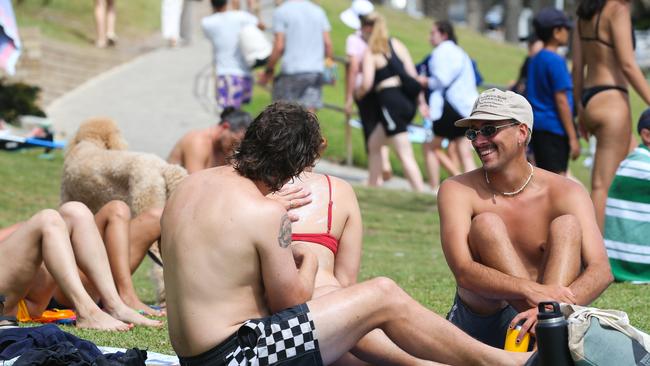
According to the study, the risk of skin cancer is generally lower for individuals with deeply pigmented brown to black skin.
However there’s a higher chance of vitamin D deficiency for those with type 5 or 6 skin. Therefore, routine sun protection isn’t typically necessary unless prolonged sun exposure is expected.
Conversely, those with very pale skin or a family history of skin cancer are at the highest risk and should prioritise sun protection at all times, including regular sunscreen use and seeking shade when outdoors.
Sun protection is still vital for individuals with intermediate skin tones and no additional risk factors, but some sun exposure is considered safe. Experts say it’s crucial to strike a balance between sun safety and maintaining adequate vitamin D levels.
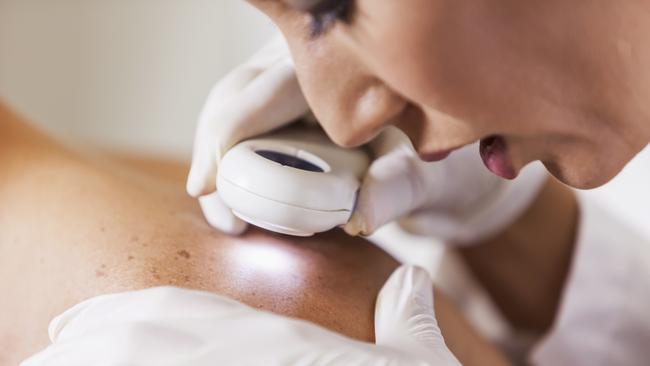
The updated guidelines underscore the importance of sun safety for all Australians and emphasise the need for daily sunscreen use, especially when the UV index is forecasted to be three or above.
According to My UV, a Cancer Council program aimed at making Aussies “SunSmart”, the UV index reaches 11 or more in the summer in most parts of the country.
“UV radiation is strong enough to cause sunburn in as little as 10 minutes on a fine January day,” it states.
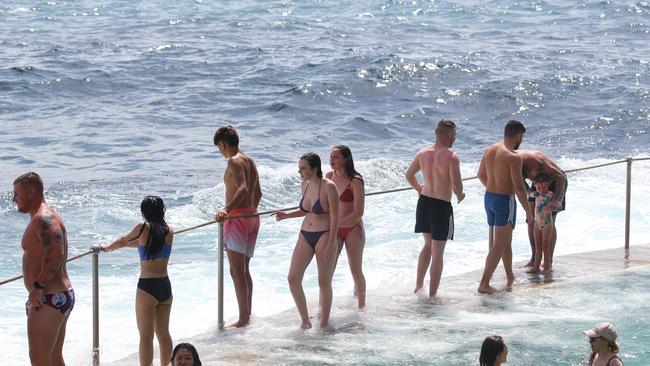
Even during winter, the UV index can still exceed three or above, which means Slip, Slop, Slap, Seek and Slide, even when it’s cold.
Alongside sunscreen, other protective measures such as hats, clothing, sunglasses, and seeking shade are recommended to reduce the risk of skin cancer and its estimated $1.7 billion annual economic burden on the Australian health system.
At least two-thirds of melanomas and keratinocyte (outermost layer of skin) cancers in Australia are attributable to Australia’s high ambient UV radiation.
More Coverage
Originally published as Cancer Researchers revise sun safety guidelines to reflect skin colour





